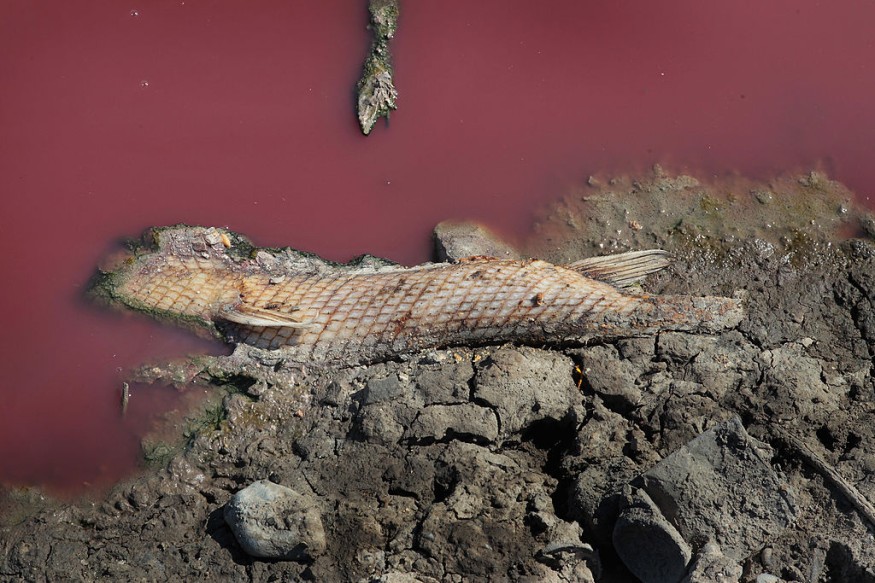For first time, a Kansas angler captured an alligator gar, a known "living fossil" that traces its origins over 100 million years. The alligator gar anglers captured measures around 39.5 pounds and is roughly 4.5 feet long.
This ancient species has been sighted in Ohio, Missouri, Illinois, and the Gulf of Mexico in the prior. So, nobody believes why it ended there in Kansas' Neosho River, but they're contemplating several alternatives to discover everything out, this is according the U.S. Fish & Wildlife Service
100-Year-Old "Living Fossil" Caught in Kansas

Danny Lee Smith, a sailor, informed the Kansas Division of Wildlife and Parks (KDWP) claiming he captured the living prehistoric alligator gar during one fisheries excursion on September 20.
While many species of alligator gar could be identified by collecting a piece of its fins, according to Jeff Koch, KDWP associate director of Aquatic science. Yet, scientists are also investigating using DNA recognition to determine what current group the alligator gar captured by Smith comes from.
In a press conference with CNN, Smith revealed that he was surprised and astonished when it leaped out the sea. "I'm confident this is a once-in-a-lifetime transaction," Smith added.
Koch argues that dna verification will contribute in the identifying of the alligator gar. O therwise, specialists might utilize microchemistry, which entails comparing the material proportions of a fish's bone to the components present in the aquatic environment.
The alligator gar, according to KDWP Aquatic Department Chief Doug Nygren, is unlikely to have been some else's pet which went missing or was unleashed into the wilderness. However, the approaches outlined above is able to assist specialists in determining which route of transmission occurred. Allowing non-native animals into the region is banned, according to the KDWP, since it might transmit illnesses.
40-Pound Alligator Gar
Notwithstanding its broad, crocodilian head and pencil fangs, the alligator gar, as per National Geographic, has no connection to alligators. It is the biggest gar variety, with a torpedo-shaped body with olive green and armor-like skin.
Alligator gars may develop approximately 10 feet in length and weigh as much as 350 pounds, allowing them the biggest aquatic fish in North America.
Alligator gar ancestors originally arose approximately 157 million years ago and thrived in various regions of the planet, according to ancient accounts. However, they are only present in North and Central America nowadays.
The massive species could survive in both freshwater and sea water, although it prefers the sluggish pools and backwaters of river systems, marshes, and ponds. Alligator gars, amidst its fearsome look, pose little harm to people. Its embryos, on the other hand, are highly lethal to humans if eaten.
They have few biological competitors, but their populations had declined dramatically over the 20th century as a result of culturing based on the erroneous notion that they destroy nets and eat stocked trout. However, their image has recovered recently, and their colony has been rehabilitated via the implementation of legislation in areas in which they are frequently spread.
© 2025 NatureWorldNews.com All rights reserved. Do not reproduce without permission.





